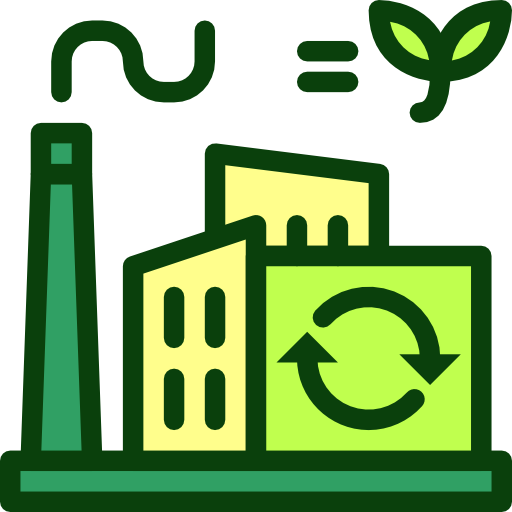Angola - Environment

As far as the environment of Angola is concerned, there have been . As for nvironment - international agreements, we have; .
About the environment of Angola
| Climate | We have semiarid in south and along coast to Luanda; north has cool, dry season (May to October) and hot, rainy season (November to April) |
|---|---|
| Revenue from forest resources | |
| Revenue from coal | |
| Waste and recycling | Municipal solid waste generated annually: 4.214 million tons (2024 est.) |
| Total renewable water resources | 148.4 billion cubic meters (2022 est.) |
| Major rivers (by length in km) | |
| Total water withdrawal | |
| Municipal | 319.5 million cubic meters (2022 est.) |
| Industrial | 239.6 million cubic meters (2022 est.) |
| Agricultural | 146.7 million cubic meters (2022 est.) |
| Land Use | |
| Agricultural land | 36.9% (2023 est.) |
| Agricultural land: arable land | arable land: 4.3% (2023 est.) |
| Agricultural land: permanent crops | permanent crops: 0.3% (2023 est.) |
| Agricultural land: permanent pasture | permanent pasture: 32.4% (2023 est.) |
| Forest | 51.6% (2023 est.) |
| Other | 11.5% (2023 est.) |
| Urbanization | |
| Urban population | 68.7% of total population (2023) |
| Rate of urbanization | 4.04% annual rate of change (2020-25 est.) |
| Major urban areas (Pop) | 9.292 million LUANDA (capital), 959,000 Lubango, 905,000 Cabinda, 809,000 Benguela, 783,000 Malanje (2023). |
All Important Facts about Angola
Want to know more about Angola? Check all different factbooks for Angola below.









